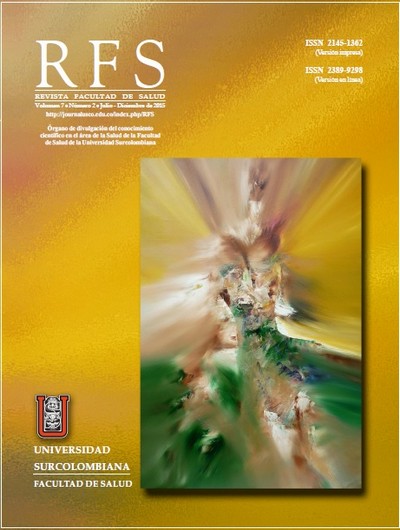Síndrome neurológico transitorio y anestesia espinal-epidural combinada: ¿expresión de toxicidad por anestésico local?
##plugins.themes.bootstrap3.article.main##
Descargas
##plugins.themes.bootstrap3.article.details##
Köller C. The use of cocaine for producing anaesthesia of the eye [translated and reprinted]. Lancet 1884;II:990-2.
Bier A. Experiments regarding cocainization of the spinal cord [in German]. Zietschr Chir 1899;51:361-9.
Cathelin F, Sicard J. Discovery of epidural anesthesia [translated and published in classical file]. Surv Anesthesiol 1979;23:271-3.
Freedman J, Li D, Drasner K, et al. Transient neurologic symptoms after spinal anesthesia. Anesthesiology 1998;89:633-41.
Eberhart L, Morin A, Kranke P, et al. Transient neurologic symptoms after spinal anesthesia. A quantitative systematic overview (meta- analysis) of randomized controlled studies. Anaesthesist 2002;51:539-46.
Zaric D, Christiansen C, Pace N, et al. Transient neurologic symptoms after spinal anesthesia with lidocaine versus other local anesthetics: a systematic rewiew of randomized, controlled trials. Anesth Analg 2005;100:1811-16.
Schneider M, Ettlin T, Kaufmann M, Schumacher P, Urwyler A, Hampl K et al. Transient neurologic toxicity after hyperbaric subarachnoid anesthesia with 5% lidocaine. Anesth Analg 1993;76(5):1154-1157.
Pollock J. Neurotoxicity of intrathecal local anaesthestics and transient neurological symptoms. Best Practice and Reserch Clinical Anaesthesiology 2003;17:471-84.
Liu S, McDonald S. Current issues in spinal anesthesia. Anesthesiology 2001;94:888-906.
Pollock JE, Liu SS, Neal JM, Stephenson CA. Dilution of spinal lidocaine does not alter the incidence of transient neurologic symptoms. Anesthesiology 1999;90:445-50.
Hampl KF, Schneider MC, Ummenhofer W, Drewe J. Transient neurologic symptoms after spinal anesthesia. Anesth Analg 1995;81:1148-53.
Freedman JM, Li DK, Drasner K, Jaskela MC, Larsen B, Wi S. Transient neurologic symptoms after spinal anesthesia: an epidemiologic study of 1,863 patients. Anesthesiology 1998;89:633-41.
Lindh A, Andersson AS, Westman L. Is transient lumbar pain after spinal anaesthesia with lidocaine influenced by early mobilisation. Acta Anaesthesiol Scand 2001;45:290-3.
Beardsley D, Holman S, Gantt R, Robinson RA, Lindsey J, Bazaral M, Stewart SF, Stevens RA. Transient neurologic deficit after spinal anesthesia: local anesthetic maldistribution with pencil point needles? Anesth Analg 1995;81:314-20.
Rigler ML, Drasner K. Distribution of catheter injected local anesthetic in a model of the subarachnoid space. Anesthesiology 1991;75:684–92
Pollock J. Transient neurologic symptoms: etiology, risk, factors, and management. Reg Anesth Pain Med 2002;27:581-86.
Hampl KF, Heinzmann-Wiedmer S, Luginbuehol I, Harms C, Seeberger M, Schneider M, Drasner K. Transient neurologic symptoms after spinal anesthe- sia. Anesthesiology 1998;88:629-633.
Pollock JE, Neal JM, Stephenson CA, Wiley C. Prospective study of the incidence of transient radicular irritation in patients undergoing spinal anesthesia. Anesthesiology 1996;84:1361-1367.
Zaric D, Pace NL. Transient neurologic symptoms (TNS) following spinal anaesthesia with lidocaine versus other local anaesthetics. Cochrane Database of Systematic Reviews 2009, Issue 2. Art. No.: CD003006. DOI:10.1002/14651858.CD003006.pub3.
Yamashita A, Matsumoto M, Matsumoto S, et al. A comparison of the neurotoxic effects on the spinal cord of tetracaine, lidocaine, bupivacaine, and ropivacaine administered intrathecally in rabbits. Anesth Analg 2003;97:512-518.
Kasaba T, Onizuka S, Takasaki M. Procaine and mepivacaine have less toxicity in vitro than other clinically used local anesthetics. Anesth Analg 2003;97:85-90.










